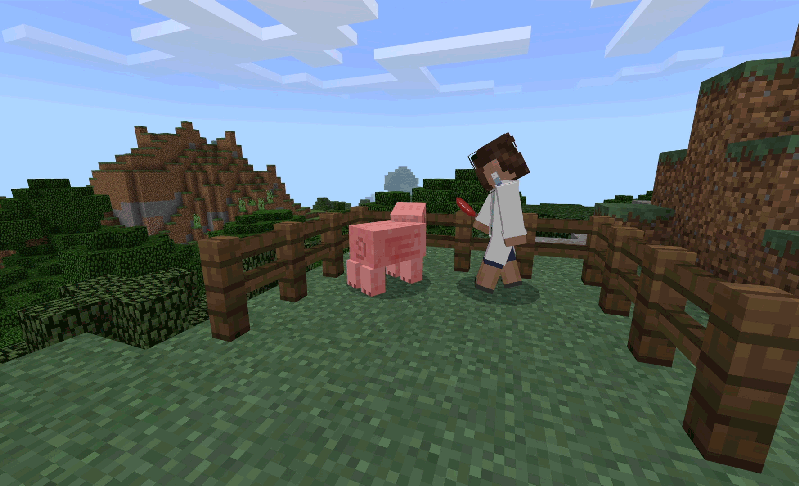
New Minecraft tools and items will teach students about chemistry
Minecraft: Education Edition is to get new tools and items that help students learn more about chemistry.
Microsoft announced the latest update to the popular block-building game on Monday ahead of Bett, a major education conference in the UK. The company also unveiled new devices for the classroom, partnerships to increase collaboration in classrooms, updates to Office aimed at helping children learn, a tie-up with NASA, and a mixed-reality curriculum to ensure youngsters get the most out of the latest technology.
Anyone attending the event at the ExCeL in London this week will be able to see the new Chemistry Update for Minecraft: Education Edition in action, which has been created with input from teachers, students and Minecraft Global Mentors. It lets teachers run complex experiments in classrooms without the need for expensive laboratory equipment, using a tool that most pupils are comfortable with and understand.
“Bringing chemistry to Minecraft not only helps spark interest in science, technology, engineering and maths (STEM), but also helps educators engage students in the scientific process, reinforcing creative problem solving and engaging experiments,” says Minecraft Education Director Neal Manegold. “Concepts like states of matter, structure of atoms and chemical reactions become accessible in Minecraft through the immersive world and these new tools.”
The Chemistry Update introduces four new crafting tools, which students can use to create compounds and never-before-seen Minecraft items, such as glow sticks, rapid grow fertilizer and underwater torches. Pupils can also make pigs fly with helium balloons, create underwater TNT or see what elements make up a grass block.
The four crafting stations are:
- The Element Constructor: allows you to create elements based on their atomic structure with sliders to choose the number of protons, neutrons and electrons. By using the Element Constructor, you can create 118 elements from the Periodic Table as well as over 400 stable isotopes.
- The Compound Creator: you can add elements to the grid and the resulting compound will appear for you to use in Minecraft. Create over 30 compounds with this tool – from luminol and hydrogen peroxide to charcoal and soap.
- The Lab Table: allows you to create Minecraft items by combining elements and compounds in a grid. For example, adding water and sodium hypochlorite makes bleach, which a player can use to turn wool white.
- The Material Reducer: reduces a block to its component elements, providing a useful way to explore the elements that make up our environment. Some blocks in Minecraft do not exist in the natural world, and Microsoft has added a “?” element for these as well to encourage curiosity of learners.
It is hoped that by using Minecraft to make chemistry more accessible, more youngsters (especially girls) will consider a career in STEM. According to WISE, the campaign for gender balance in science, technology and engineering, just 35% of girls choose maths, physics, computing or a technical vocational qualification compared with 94% of boys.
 Loading...
Loading...
The Government used last year’s Budget to unveil a series of measures aimed at increasing the number of computer science teachers in the UK, while Microsoft has launched its own programme to help people improve their digital skills.
The Chemistry Update will be rolled out in early February for all Minecraft: Education Edition customers.
Minecraft is one of the most popular computer games of all time, with 122 million copies sold to date – including four to people in Antarctica. Since the beginning of 2016, more than 53,000 copies have been sold every day, and 55 million people play Minecraft every month.
The Education Edition for schools was released in November 2016 and more than two million licencees from over 115 countries have signed up to the program in that time.


